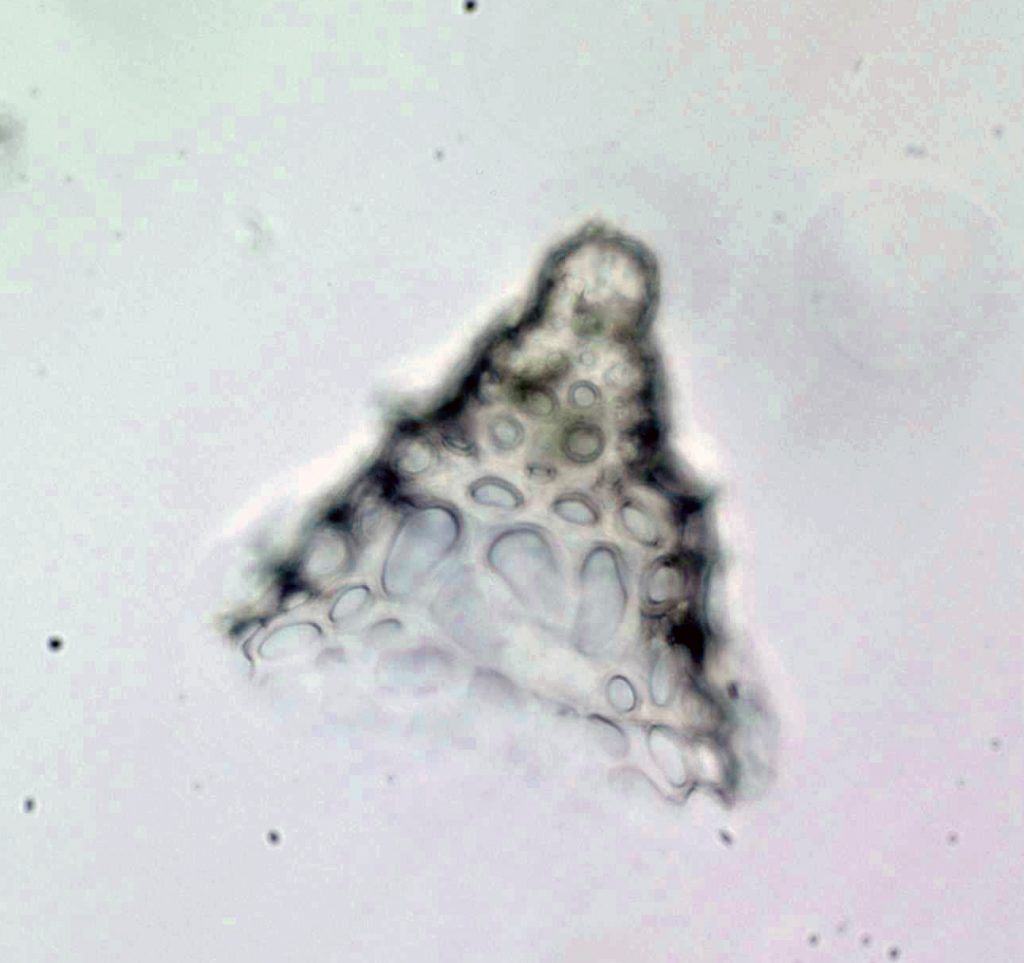
Voices From the Past, Part I
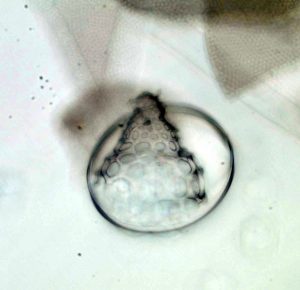
You have a new book on your desk. There is no title on the cover, but you are intrigued by what might be inside. You open the book and start flipping the pages. Each page is filled with hundreds of words; it is a story about something that happened in the past.
You do not know when it happened, but the story is captivating. Massive glaciers slide towards the sea, like frozen giants trudging away and bathing in a cold ocean. Temperatures rise, melting almost everything, and the cold white and blue colours fade away. Fifty shades of green now cover the bare rock. You can’t stop reading, devouring one chapter after another.
Suddenly, the story becomes a bit confusing. You are not sure whether you skipped a page, as the story no longer makes sense at all. You look at the bottom of the page, trying to find the page number, but it is not there. You go back to previous pages, and surprisingly, you find no numbers there either. How will you continue the story without something that tells you their order? How do you know whether you are missing some chapters or not?
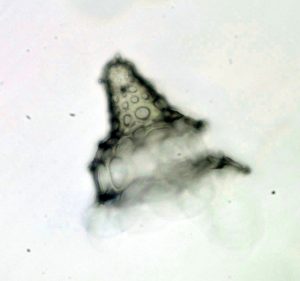
You know this will never happen to you. Real books do have page numbers and follow an order. However, this is not always true in the marine sedimentary record. The layers in a sediment core are like the pages that tell us Earth’s history. Luckily for us, remains of microscopic animals and plants buried in the mud are the page numbers that help us put in order the story we are reading.
These tiny creatures once floated freely in the sea water column, and they now rest buried thousands of meters deep, in the darkness of the seafloor. We know when these species evolved through time, so we can go back to their family tree and find out when they lived and died. Grandparents, parents, grandchildren—it feels like looking at a family photo album. In just a few meters of sediment, we follow the lineage of a single family through millions of years.
Once they are brought to the surface and are mounted on a smear slide, they talk to us once more and tell us of the time in which they lived. Hundreds of species in just a pinch of sediment. Many voices speaking at the same time. Some just whisper, and it is difficult to understand what they mean. Others shout, and their voices are very clear.
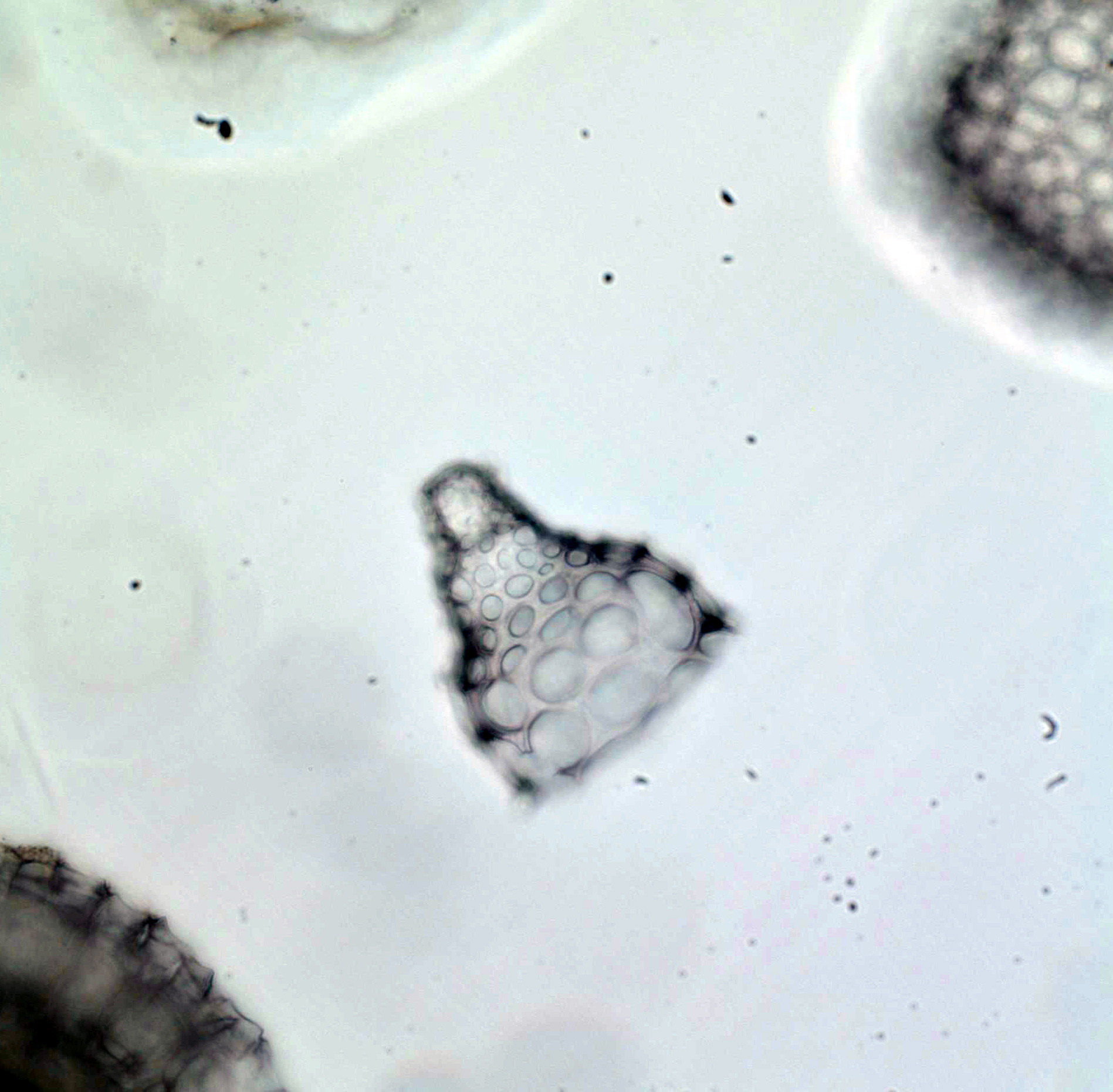
Cycladophora davisiana, many of them, raise their voices among the others.
They talk about iceberg armadas* floating on the surface of the ocean and melting in their travel northwards. They scream of cold, ice, and a rain of rocks sinking through the water. The message is clear: harsh times for life in the Southern Ocean.
To be continued… Part 2 here.
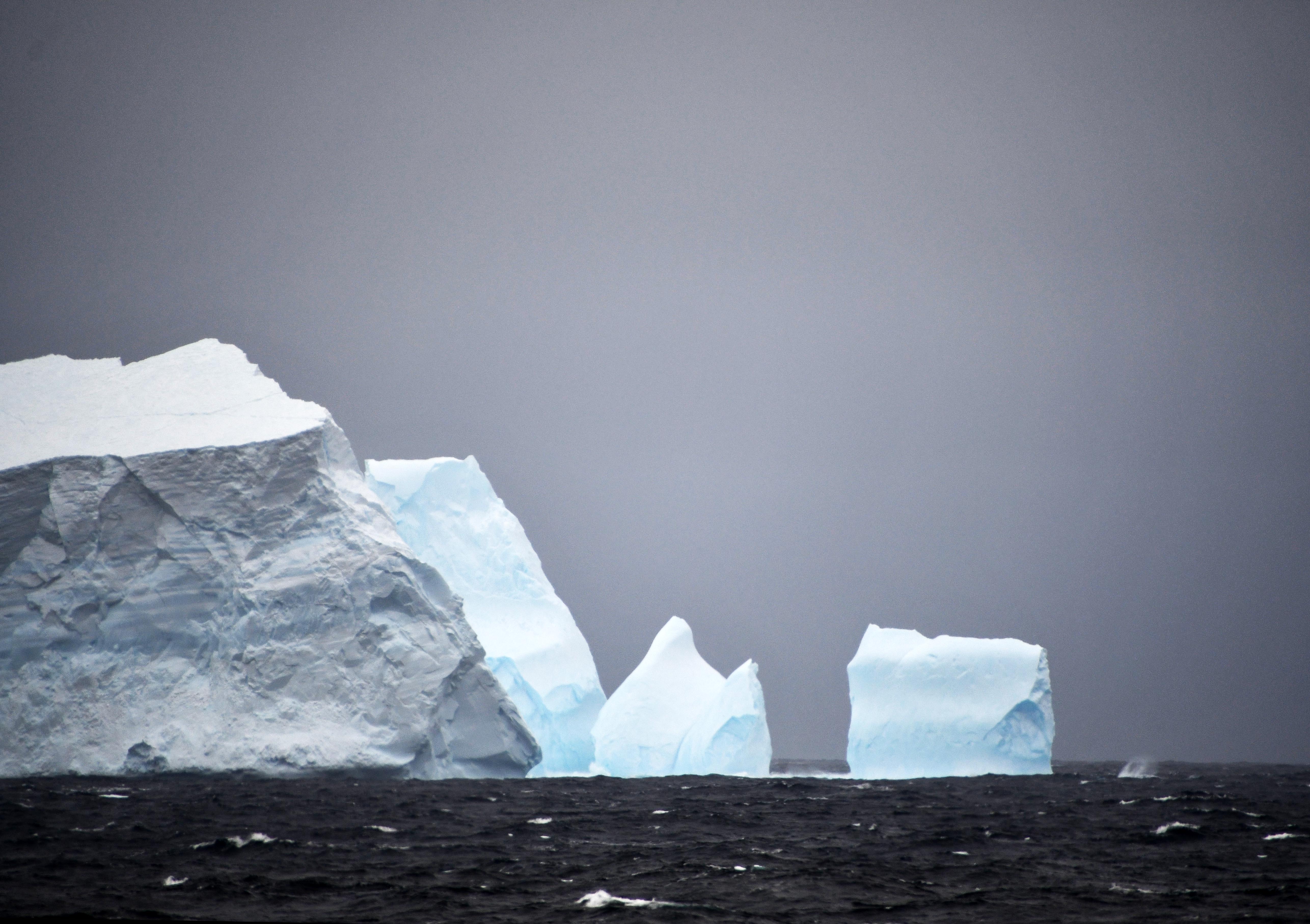
Iceberg amarda [Credit: Marlo Garnsworthy]